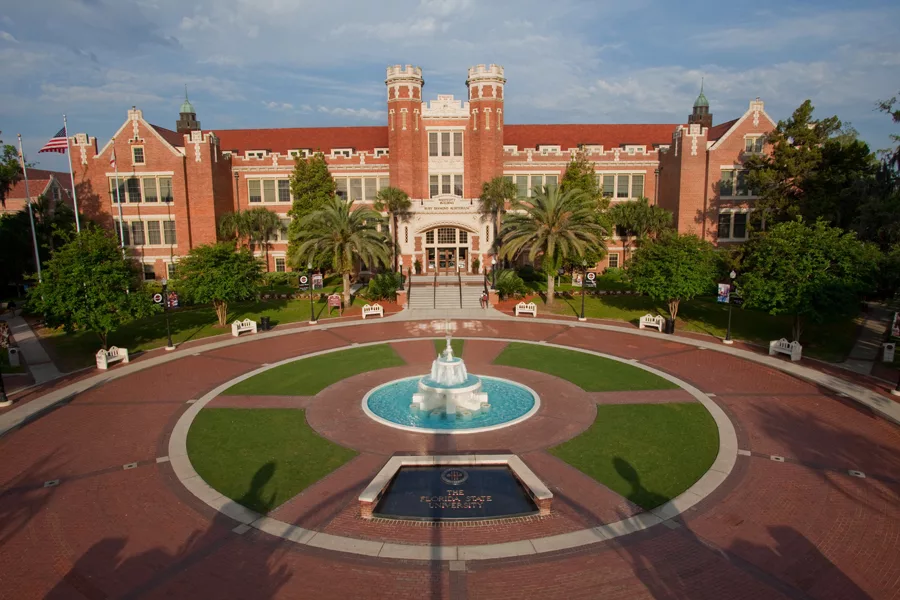An “Easy Button” Approach to Emergency Communications

Established in 1851, Florida State University (FSU) is a senior member of twelve units of the State University System of the Florida Board of Governors. FSU’s main campus covers more than 13 million-square-feet and is located in Tallahassee, the capital of the state.
FSU is recognized by the National Weather Service as a “Storm Ready University.” This designation is given to organizations and communities that are better prepared to save lives in the event of severe weather conditions due to their commitment to advanced planning, education and awareness. Because this area of Florida can experience sudden, extreme weather events, including lightning, tornados and hurricanes, FSU has been proactive and is prepared not only for a severe weather, but also other threats. With more than 44,000 students, faculty and staff on campus, the Emergency Management Coordinator and his staff take their responsibilities seriously about warning people about life safety risks.
FSU was facing the challenge of numerous complex and disparate systems of emergency notification and warning, which required several users to login and activate multiple applications during a weather event or crisis on campus. Due to the multiple delivery methods, each system required its own activation procedure to fully implement all of the communication modalities, from sirens to text messages and emails. Instead of being a facilitator, technology was becoming a barrier to the rapid notification and also was requiring continuous training and maintenance.
Siemens delivered a multi-tiered Mass Notification solution to combine numerous modalities for emergency communications into a central activation portal, aka “Easy Button.” Siemens integrated more than 15 layers of communications for indoor, outdoor and personal device messaging, while additional modalities continue to be pulled into future phases. Components of the solution included the phone system/PBX, social media, giant voice via high powered speaker arrays, audible voice broadcasts across fire annunciation systems, web page updates, a gateway for web based alerting to email/cell phone/SMS messaging, blue light phone towers, and voice
mail systems. Multiple delivery methods are required to reach people inside campus buildings as well as outside on the quad and outdoor venues. Since no one delivery method reaches everyone every time, multiple layers are required and builds redundancy so that the people that you are trying to protect not only receive the message, but also react appropriately.
Siemens also designed and installed a Local Operator Control (LOC) in the dispatch center for simplified activation of the system which allowed security personnel to rapidly initialize an alert and return their attention to incident management. Weather alerts for a severe thunderstorm, lightning, flash flood and tornado are all preprogrammed, while the message issued for a dangerous situation are the same.
The system gives the dispatcher the ability and authority to trigger an alert with a single button push. The system provides an immediate response with instructions to shelter in place, but then provides more information as soon as the situation is assessed by authorities. Bujak stated, “The campus community knows we take alerts seriously and this leads to greater levels of trust and a greater feeling of safety for students, faculty, and visitors across our campus.”
The “Easy Button” project reduced the mass notification/ECS activation from an average of 20 minutes to less than five minutes with most modalities activating within two minutes—a 90% improvement. Additionally, dispatchers require very little training on the system due to its ease of use.
Looking for a reprint of this article?
From high-res PDFs to custom plaques, order your copy today!








